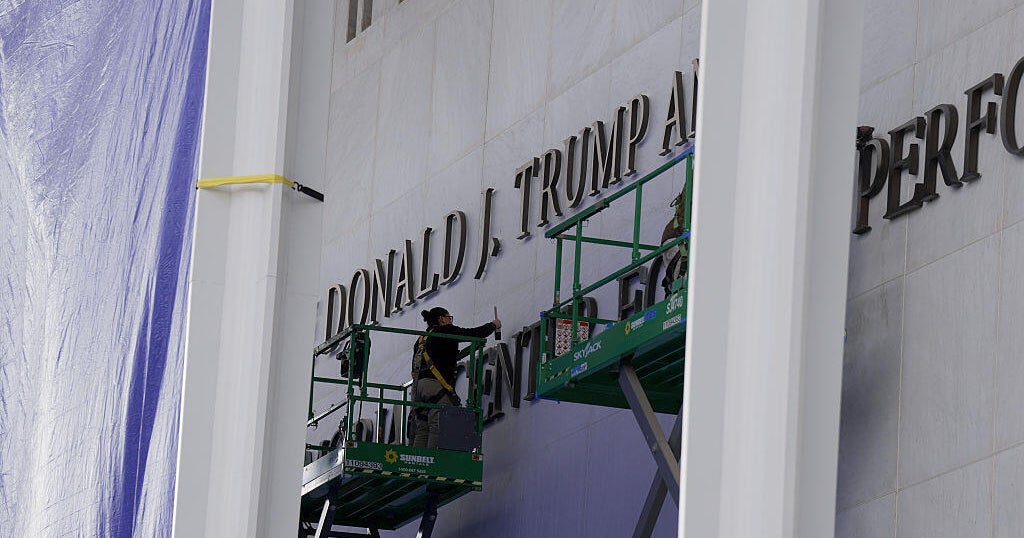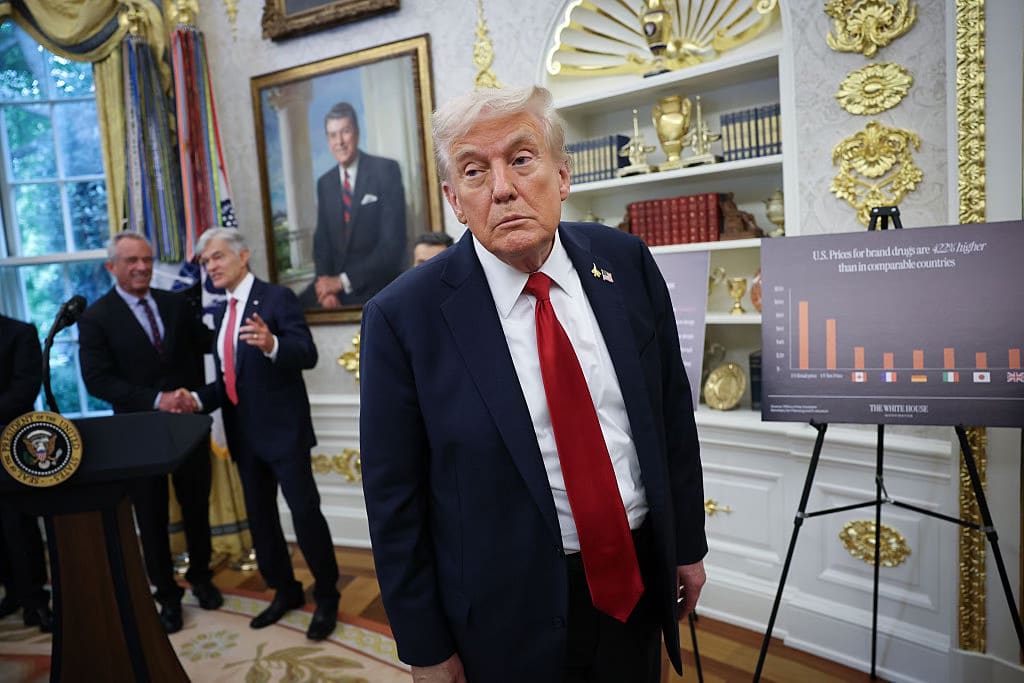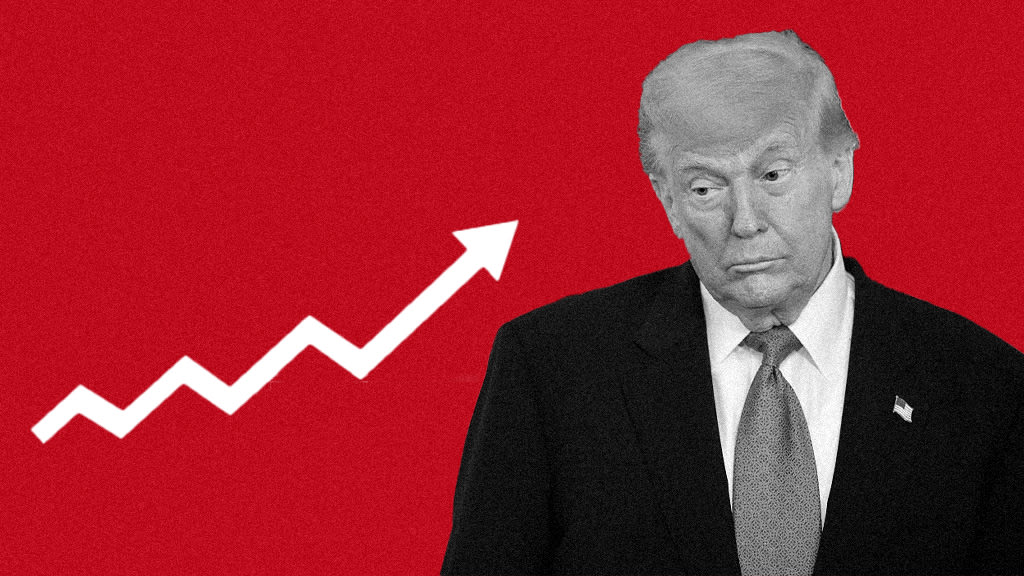Infrastructure, jobs and wages: It's not so simple
Whether Donald Trump implements a major infrastructure rebuilding program remains to be seen, but he has certainly created the expectation that it could happen. The U.S. surely needs more infrastructure spending, and not just on new projects -- updating of existing systems is also needed.
Discussions about increasing outlays on infrastructure frequently include claims about the positive impact these programs would have on employment and wages, often referring to the fiscal policy “multiplier.” For example, it’s often claimed that government spending on infrastructure has a multiplier between 1.5 and 2.
Does this mean we should expect a significant increase in employment and income if the government undertakes major new investment in the nation’s infrastructure? Let’s take a closer look.
The multiplier refers to the idea that an increase in spending (by the government or the private sector) of, say, $1,000 will generate more than $1,000 of new income and GDP. If the multiplier is 2, then the $1,000 in new spending would increase GDP and income by $2,000.
Here’s a simple example: Suppose someone offers a service with no labor or other input costs, perhaps the person stands on a corner in a tourist area offering advice on things to do for a $5 fee. If I stop and pay for the service, the income of the person offering the service will go up by $5, i.e. $5 of new GDP and $5 of income have been created.
But that’s not the end of the income- and GDP-creation process. Part of the $5 in new income will be used to pay taxes. To make the math simple, assume the tax bill is $1. Part of the income will also go into saving. Let’s assume this is a dollar as well.
When the $3 that’s left over after taxes and savings is spent to buy groceries, clothes, etc., that will create an additional $3 in income for other parties and increased GDP. At this point, the initial $5 in spending has created a total of $5 + $3 = $8 in new income -- more than the amount of the initial spending.
But there’s more. Part of the $3 in new income will once again be needed to pay taxes, and again, let’s assume another part finds its way into saving. Let’s assume $1.80 is left over after taxes and savings. Once again, when the $1.80 is spent on other goods and services, new income and GDP will be created, bringing the total amount of income generated from the $5 in spending to $9.80.
This process continues, part of the $1.80 is used for taxes, part for savings and the rest is spent in the marketplace, and the process repeats. If we continue to track this process and add up the total amount of income that will be created from the initial $5 in spending, it will turn out to be $12.50.
To calculate the multiplier, take the ratio of the total amount of GDP that is created divided by the initial amount of new spending, $12.50/$5 = 2.5. That is, for every dollar of new spending, the multiplier process will create $2.50 in new income and GDP.
If we change the example so that the initial $5 is government spending for infrastructure, or anything else, the result is essentially the same.
This brings us to a point that’s important to recognize: The multiplier is larger during deep recessions than it is when the economy is at full employment. For example, many econometric estimates calculate the multiplier to be around 2, perhaps a bit larger, in deep recessions, but less than 1, perhaps even close to 0, when the economy is operating at capacity.
That’s because when the economy is operating at full capacity, expanding activity in one area requires cutting back somewhere else, so that little if any new spending is created. But when the economy is in recession, idle labor and other resources can be brought into use without cutting back anywhere else.
Thus, in a recession, a given increase in government spending creates much more new income and GDP than the same amount at full employment.
The U.S. is presently approaching full employment, although some debate remains about how close it is, particularly about how many workers who left the labor force during and after the Great Recession will return as conditions improve.
While infrastructure spending might have had a large impact on employment had it been done several years ago, the impact today is likely to be smaller. However, the state of America’s infrastructure is undoubtedly poor. So the low financing costs that are now available (due to low long-term interest rates) and the uncertainty about how many people can be induced to return to the labor force make infrastructure spending still worth doing.
But how that spending is done will also matter. If it involves privatization of public infrastructure, a plan rife with opportunities for cronyism, corruption and incentives to overlook some of the nation’s most urgent needs (projects most attractive to private investors due to their profit potential are not necessarily the projects the country needs most), it may not be worth doing after all.





